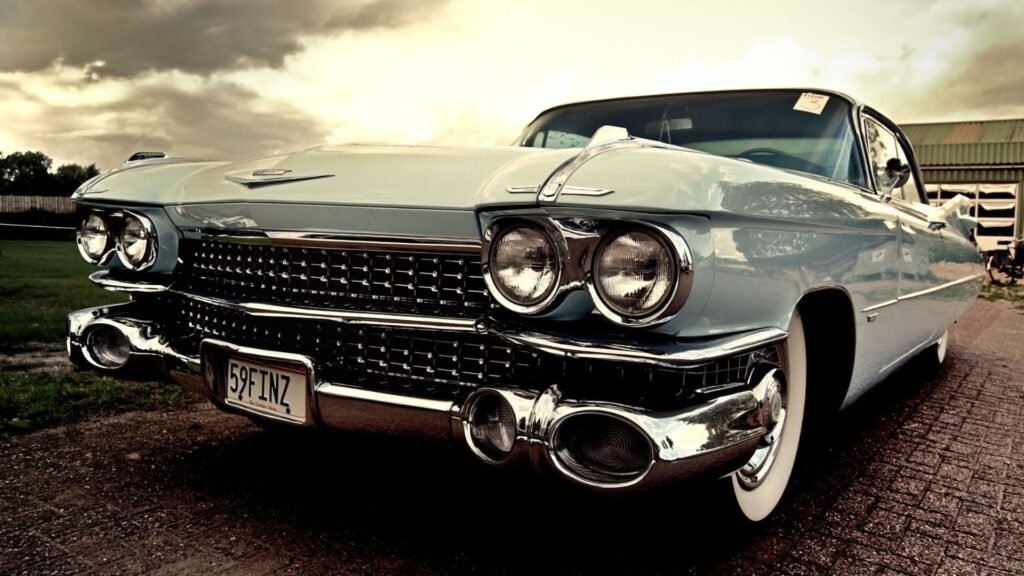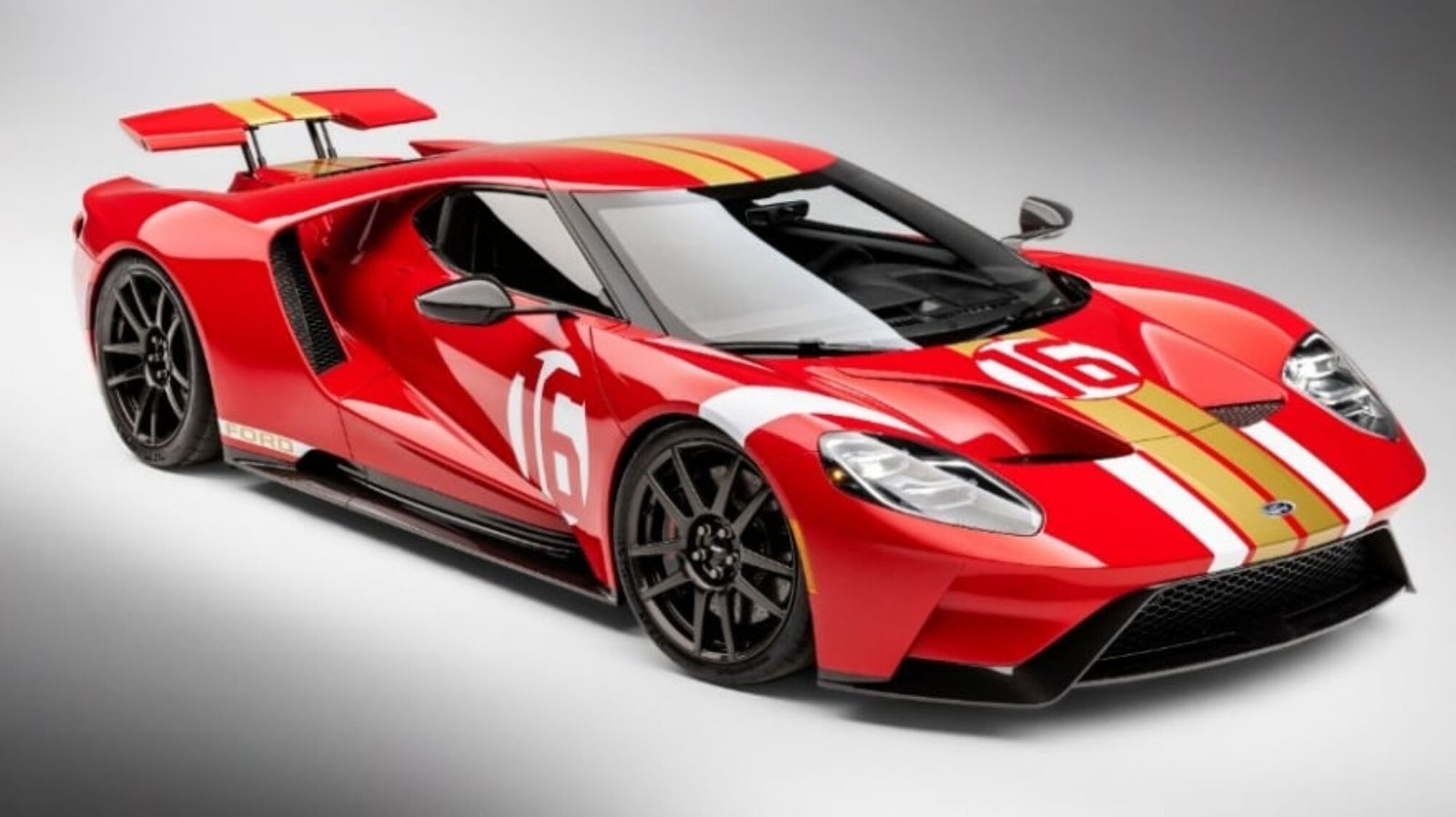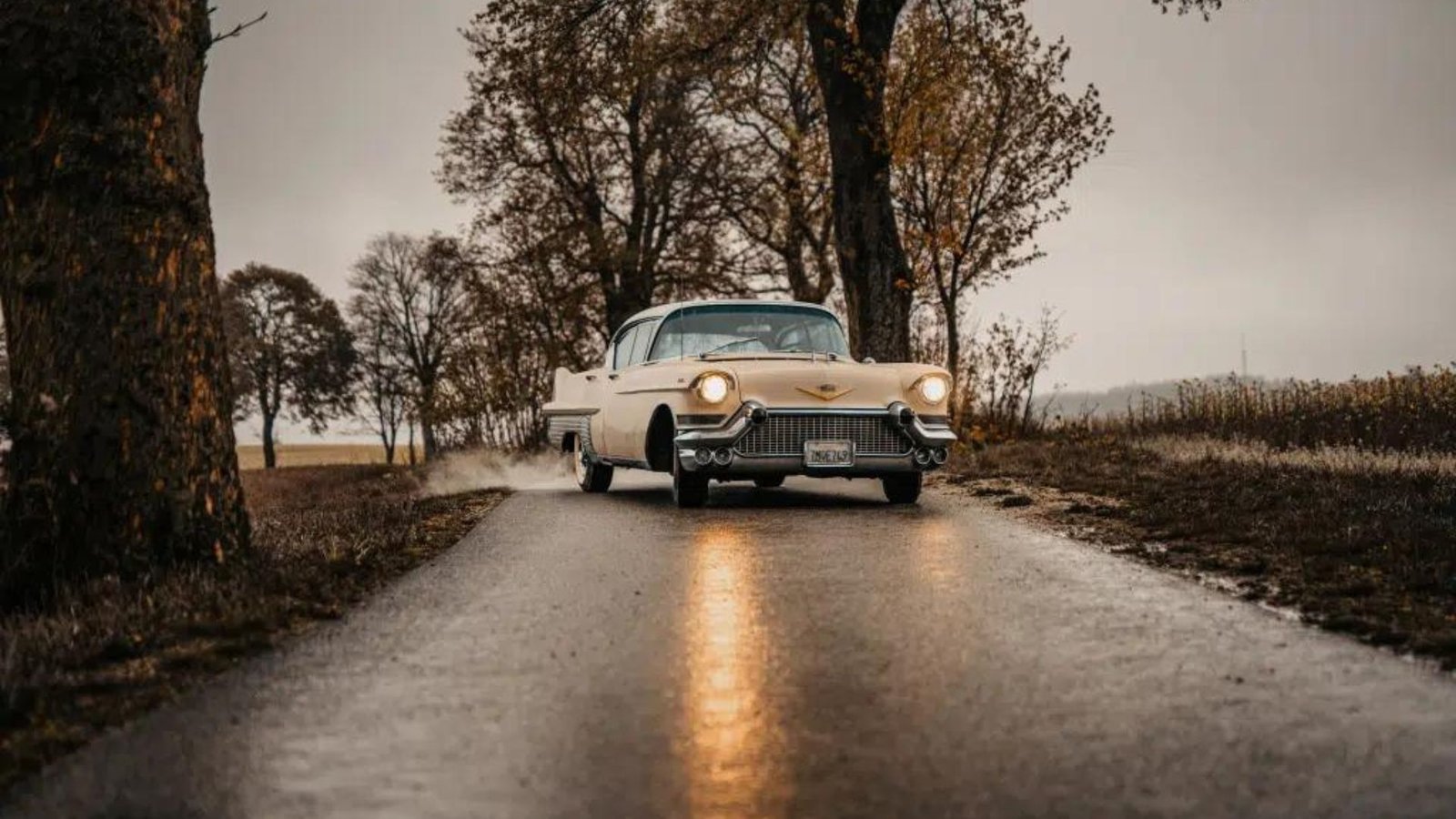Tips for Photographing Vintage Cars
Photographing vintage cars is an art that requires a blend of creativity, attention to detail, and a passion for classic automobiles. Capturing the essence of these timeless vehicles can be incredibly rewarding, but it also comes with its own set of challenges. In this article, we’ll share some practical tips for photographing vintage cars to help you get stunning and memorable shots. Whether you’re a seasoned photographer or just starting, these tips will guide you in taking great photos of classic cars.
Find the Right Location
One of the most important tips for photographing vintage cars is to choose the right location. The background plays a significant role in highlighting the beauty of the car. Look for locations that complement the vintage style, such as old buildings, rustic barns, or open fields. Avoid busy or cluttered backgrounds, as they can distract from the car. Instead, opt for simple, clean settings that allow the car to stand out. Urban settings with historic architecture can also work well, providing a contrast that makes the vintage car pop.

Use Natural Light
Lighting is crucial when photographing vintage cars. Natural light often provides the best results, as it brings out the car’s true colors and details. Early morning or late afternoon light, often referred to as the “golden hour,” is ideal for shooting. The soft, warm light during these times of day can create a beautiful, nostalgic feel. However, if you are shooting in the bright midday sun, be mindful of harsh shadows. In such cases, consider using a diffuser or finding a shaded area to soften the light.
Focus on the Details
Vintage cars are known for their unique and intricate details, from the curves of the body to the design of the headlights and grille. When photographing vintage cars, take the time to focus on these details. Get close-up shots of the badges, emblems, and interior features. Highlighting these elements can capture the craftsmanship and character that make vintage cars so special. Use a macro lens if possible, as it allows you to capture the fine details with clarity and precision.
Choose the Right Angles
The angle at which you photograph a vintage car can significantly affect the final image. Experiment with different angles to find the most flattering view of the car. Low angles can make the car look more powerful and imposing, while high angles can offer a more artistic perspective. Side profiles and three-quarter views are also popular choices, as they showcase the car’s lines and design. Don’t be afraid to move around the car and try various angles until you find the one that best captures its beauty.
Pay Attention to Reflections
Reflections can be both a challenge and an opportunity when photographing vintage cars. The shiny surfaces of classic cars can easily pick up reflections of nearby objects, which can be distracting. To minimize unwanted reflections, be mindful of your surroundings and the position of the sun. Sometimes, changing your shooting angle slightly can eliminate reflections. On the other hand, reflections can be used creatively to add interest to your photos, such as capturing the sky or nearby buildings in the car’s polished surface.
Include the Car’s Interior
When photographing vintage cars, don’t forget about the interior. The inside of a classic car often features beautiful upholstery, unique dashboard designs, and vintage accessories that tell a story. Open the doors or roll down the windows to get shots of the interior from different angles. Use natural light to bring out the textures and colors of the seats and dashboard. Including interior shots adds depth to your photo series and gives viewers a more complete picture of the car.
Capture the Car in Motion
While static shots are essential, capturing a vintage car in motion can bring a sense of excitement and energy to your photographs. Use a panning technique, where you move the camera along with the moving car, to create a dynamic effect with a blurred background and a sharp car. This technique takes practice, but it can result in striking images that convey the speed and power of the vintage car. Make sure to use a slightly slower shutter speed to achieve the desired motion blur.
Edit with a Light Touch
Editing is an important part of the photography process, but when it comes to photographing vintage cars, it’s best to use a light touch. Basic adjustments to exposure, contrast, and color balance can enhance the photo, but avoid over-editing. Vintage cars have a timeless appeal that can be lost with excessive retouching. Aim to keep the images looking natural and true to the car’s character. Editing should enhance the photo while preserving the authenticity of the vintage car.
Use Props and Accessories
To add a sense of story or period authenticity to your photos, consider using props and accessories. Items like vintage suitcases, classic driving gloves, or period-correct signs can complement the car and create a nostalgic atmosphere. However, use props sparingly to avoid cluttering the image. The goal is to enhance the photograph without overshadowing the car itself. Well-chosen props can provide context and make your vintage car photography more engaging.
Work with the Car’s Owner
If you’re photographing a vintage car that isn’t yours, working with the car’s owner can be incredibly beneficial. They can provide insights into the car’s history and features, which can inspire your shots. The owner may also have ideas for locations or poses that best showcase their car. Communicating and collaborating with the owner can lead to a more successful photo shoot and photos that truly capture the essence of the vintage car.
Conclusion
Photographing vintage cars is a rewarding experience that allows you to capture the beauty and nostalgia of classic automobiles. By finding the right location, using natural light, focusing on details, and experimenting with angles, you can create stunning photographs that showcase the charm of vintage cars. Remember to pay attention to reflections, include interior shots, and consider capturing the car in motion to add variety to your photos. With these tips in mind, you’ll be well on your way to taking fantastic pictures of vintage cars.

